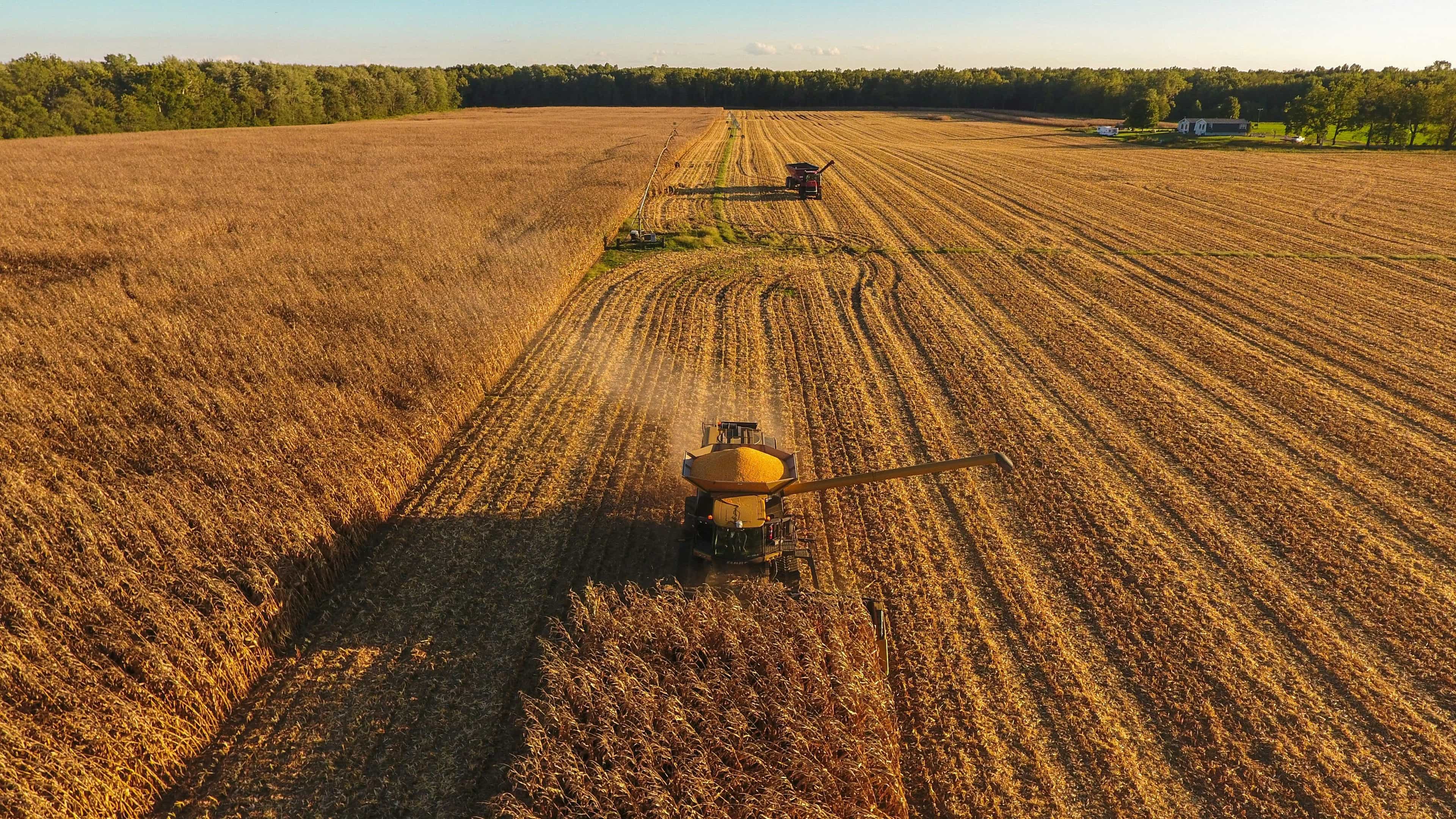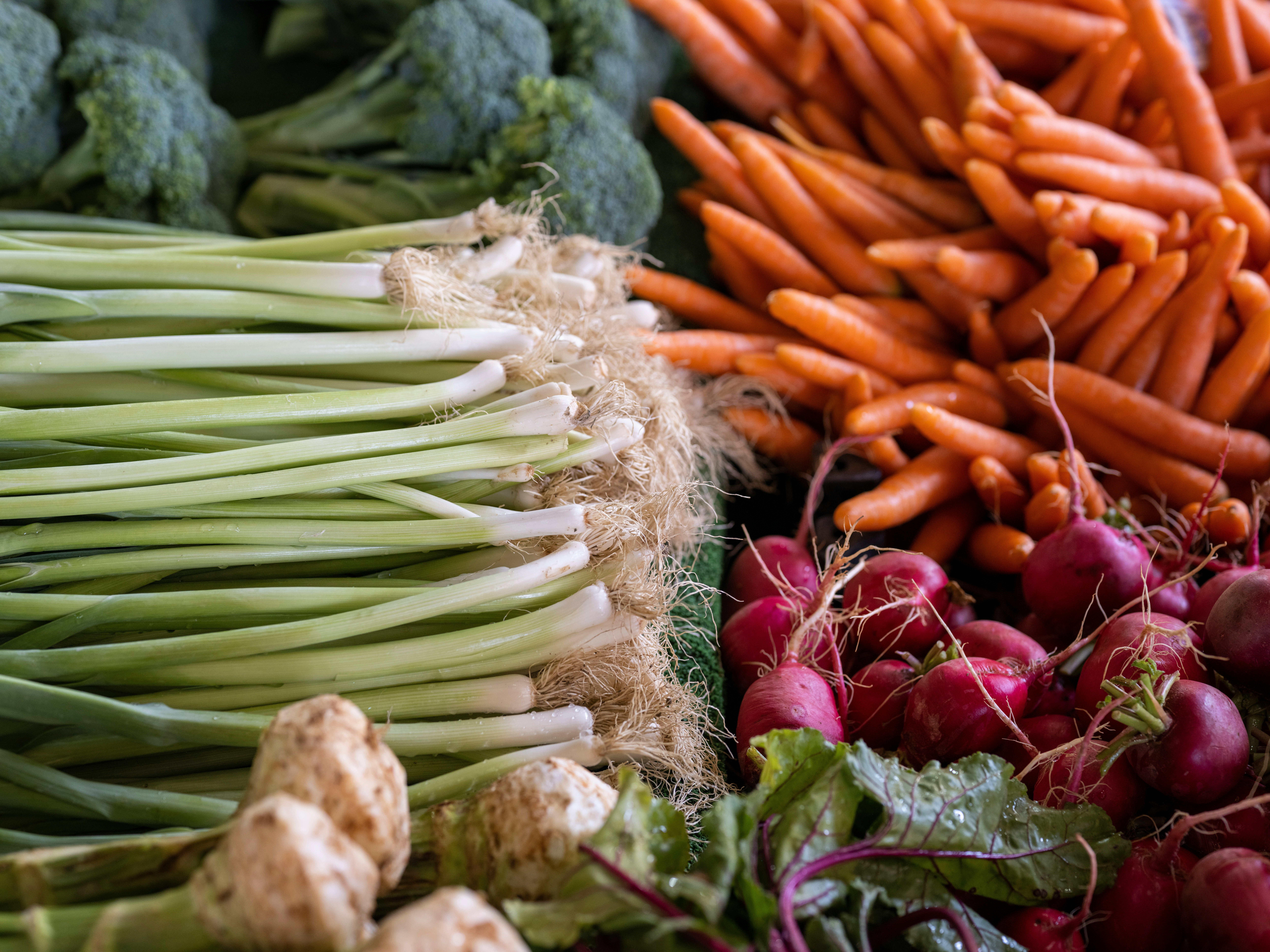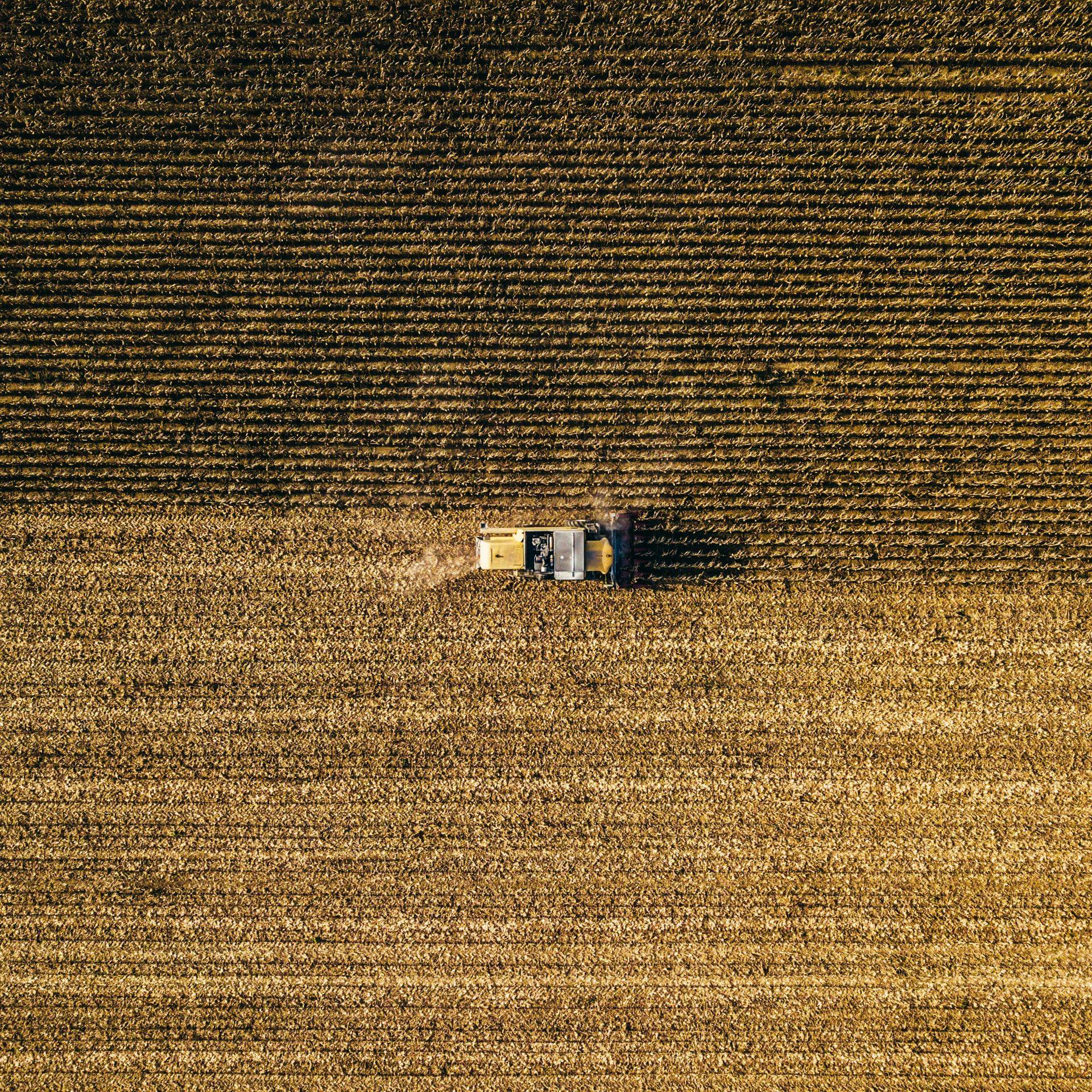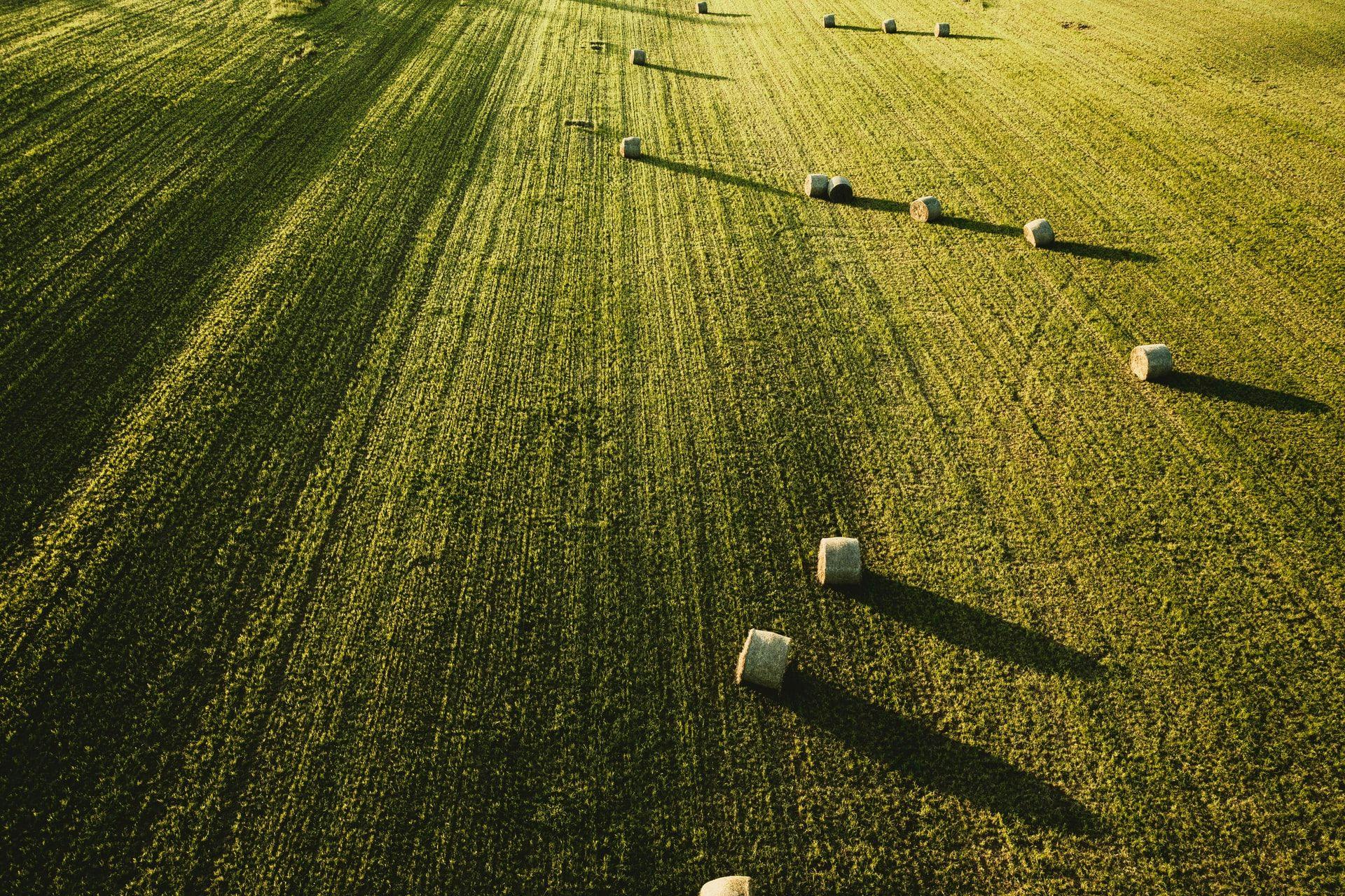The agri-food sector: time to separate the wheat from the chaff
Summary
The agri-food industry underwent significant industrialization during the last century, with the mechanization of agriculture, the emergence of petroleum chemistry, nitrogen fertilizers, and ultra-processed foods[1] . These various developments have led to huge increases in yields and productivity, at the cost of a sharp rise in greenhouse gas (GHG) emissions from the sector.
The agri-food value chain comprises four major stages: agricultural production, trading, the processing of agricultural products into food products and their packaging, and finally the distribution of these products via various retail outlets (e.g., large retailers).
The agri-food sector is responsible for around a quarter of global GHG emissions[2] and is the leading emitter of gases other than CO2 such as methane (CH4) and nitrous oxide (N₂O), gases with a global warming potential 30 and 273 times higher than CO₂ respectively[3] .
The main challenge for the sector lies in the practices and types of products manufactured and marketed. Plant-based products are generally much lower in carbon than animal-based products.
Furthermore, deforestation is one of the main sources of CO2 emissions. Globally, the World Research Institute (WRI) estimates that 50% of agricultural deforestation is directly linked to three widely consumed products: beef, soy, and palm oil[4] .
During this study, 138 companies in the agri-food sector were analyzed using the Carbon Impact Analytics (CIA) methodology. These companies represent more than three-quarters of the sector's total market capitalization. These analyses make it possible to assess the performance of the various players in terms of transition and to evaluate the alignment of their transition strategies with different climate scenarios.
Too few players have already established a coherent and comprehensive climate transition strategy, as shown by the low number of companies obtaining the best strategic rating, which rewards players that consider their entire value chain.
Download our publication in english
Download our publication in french






